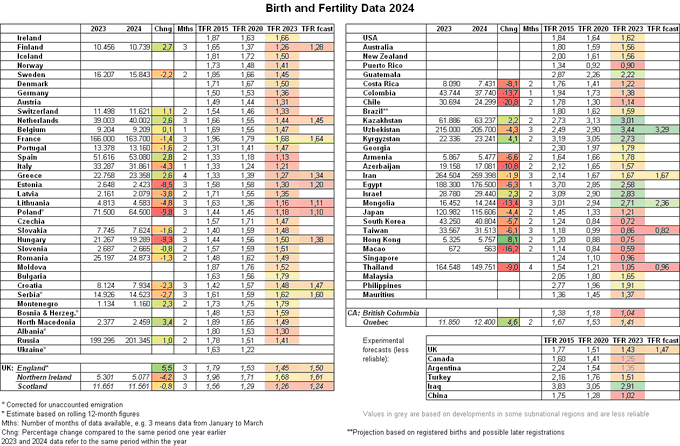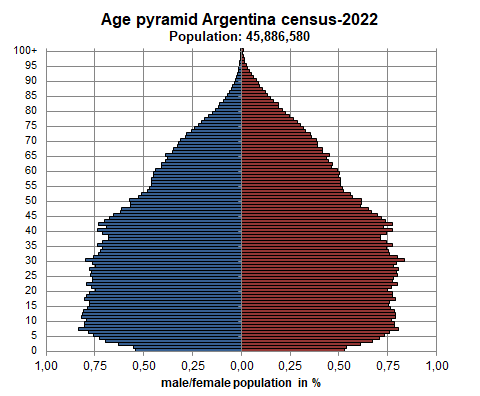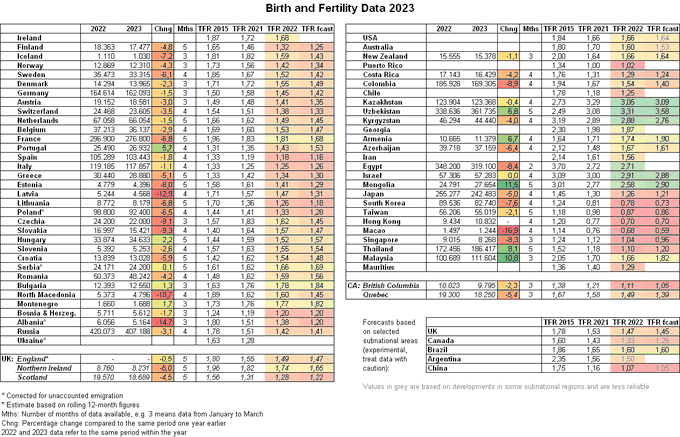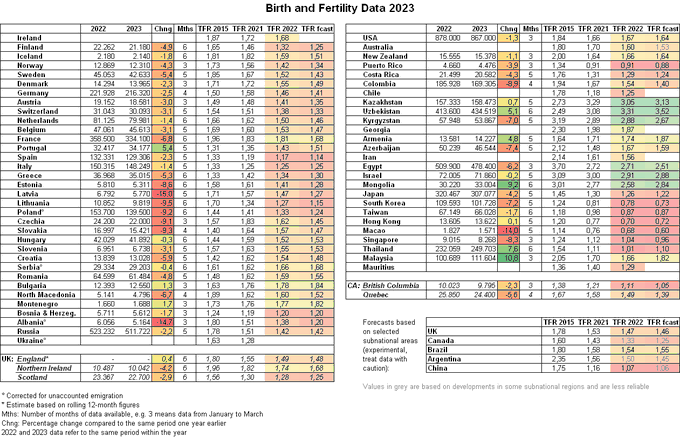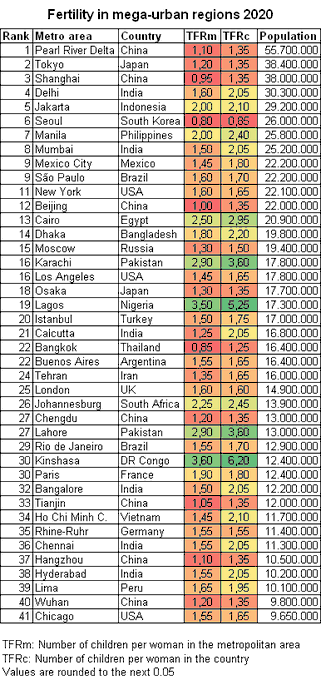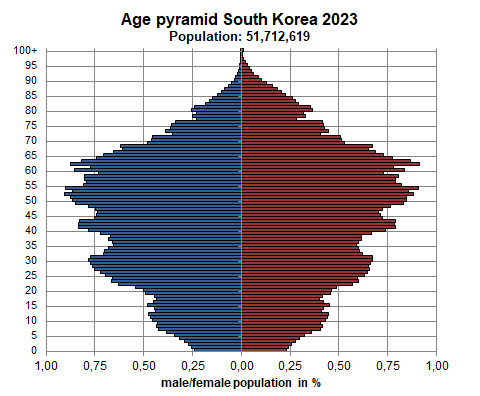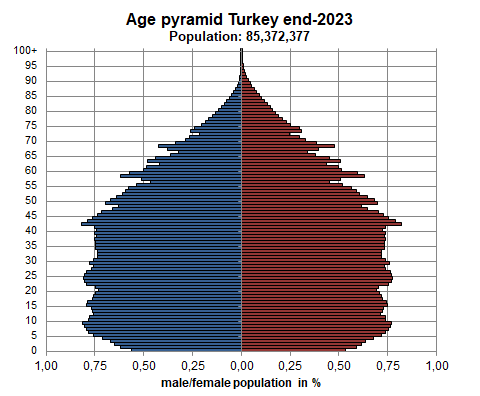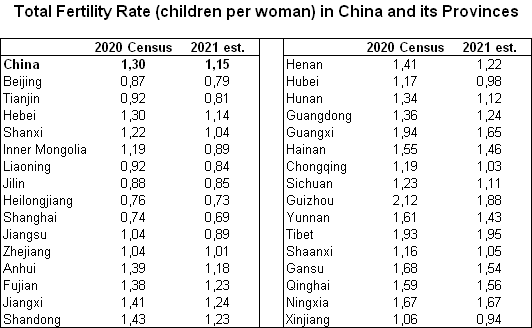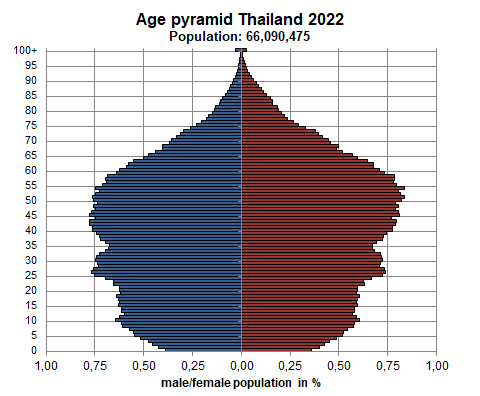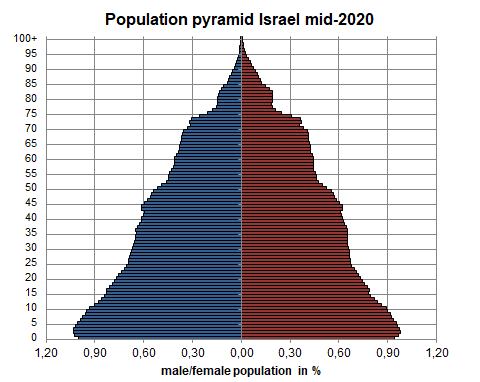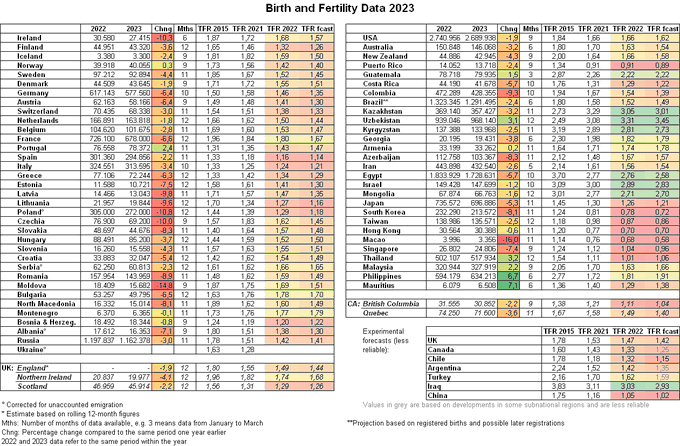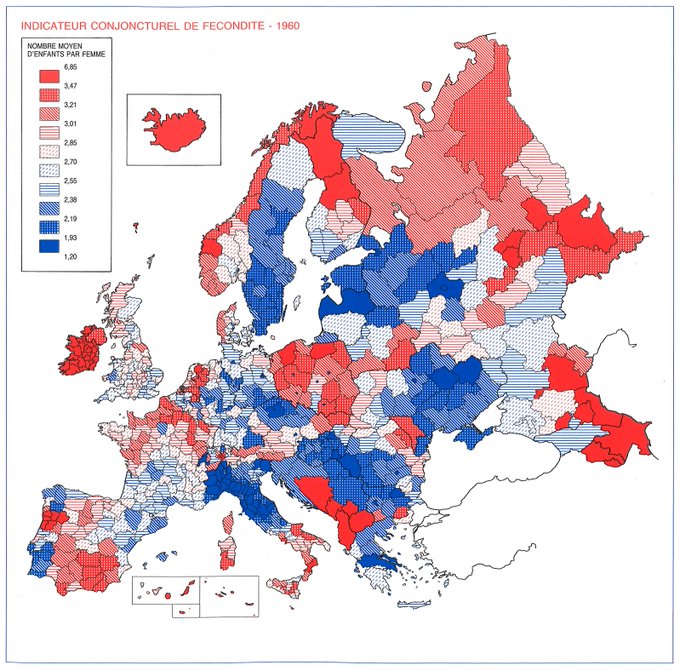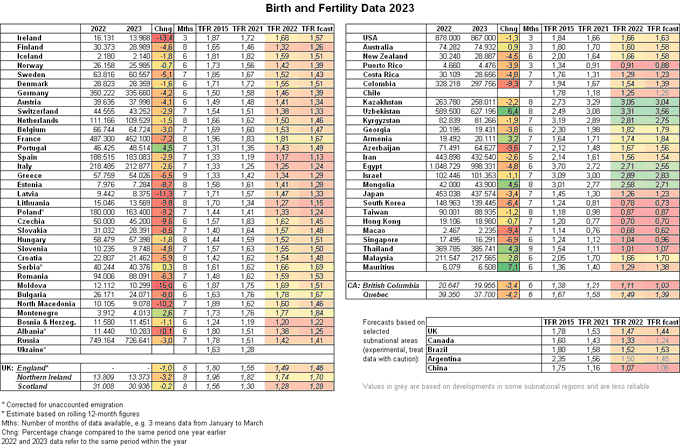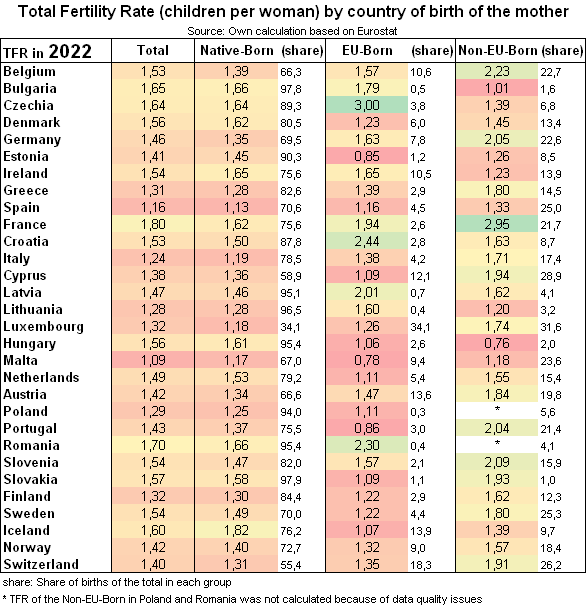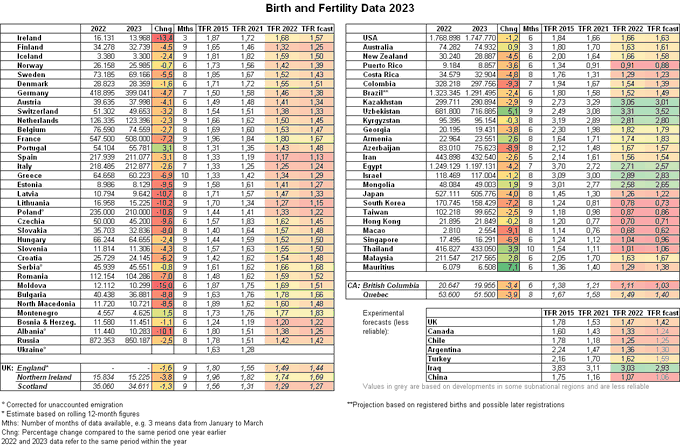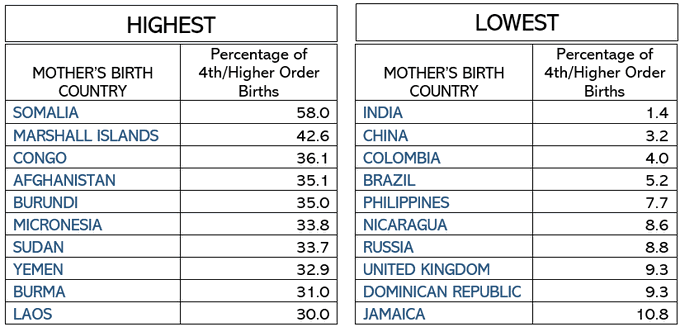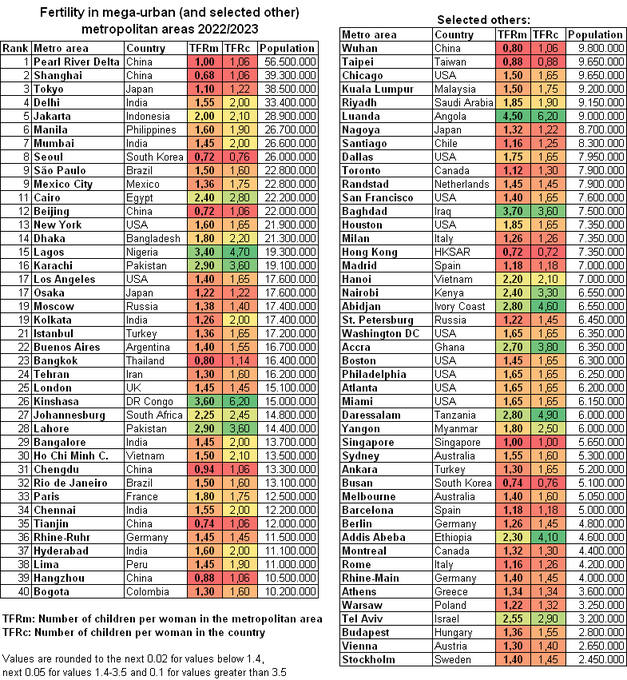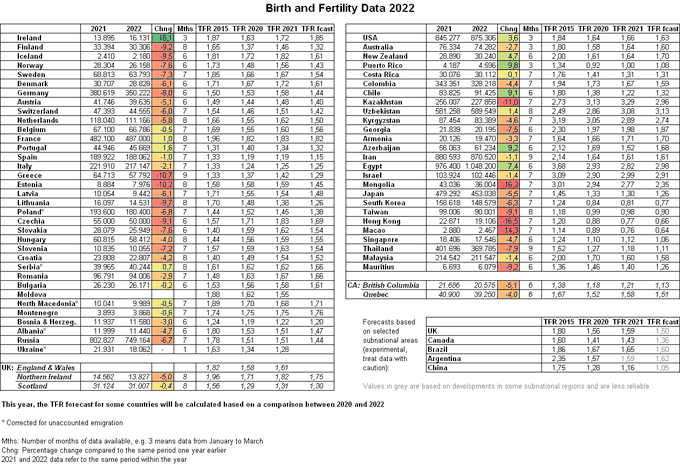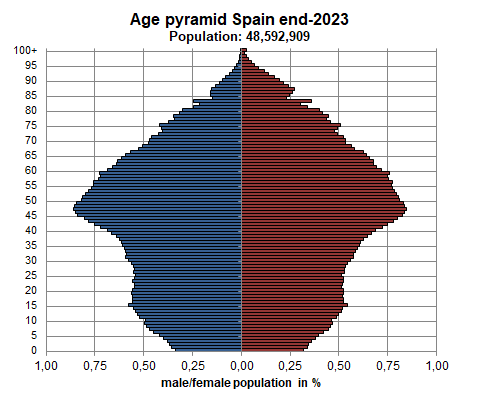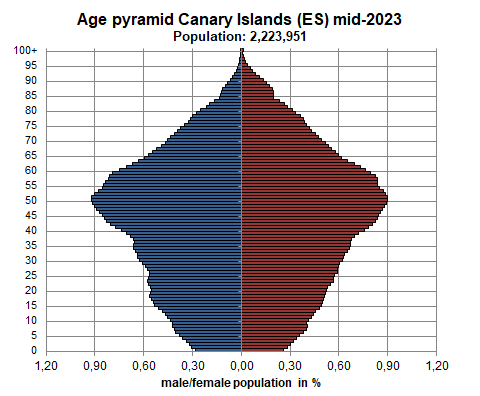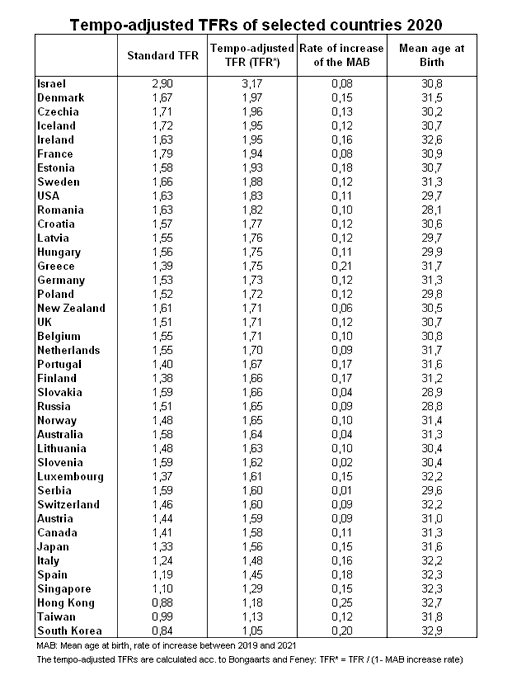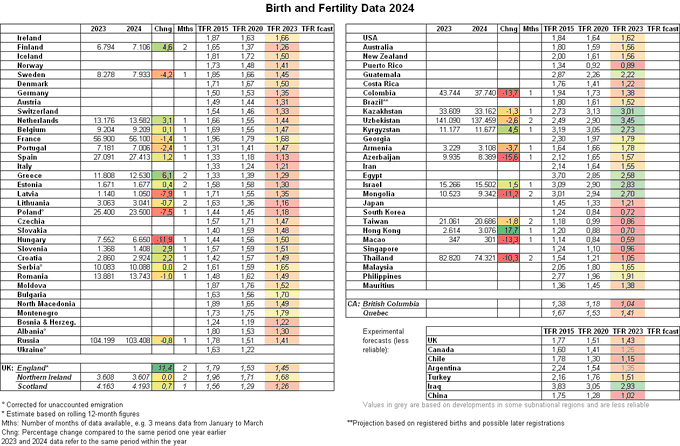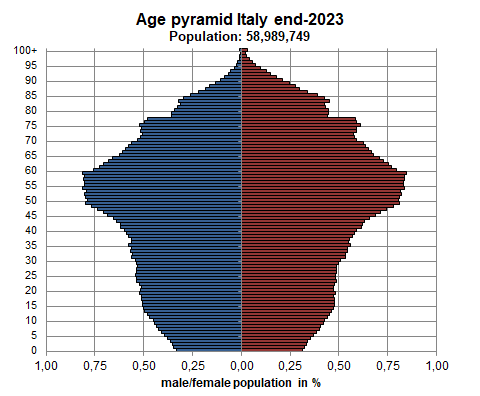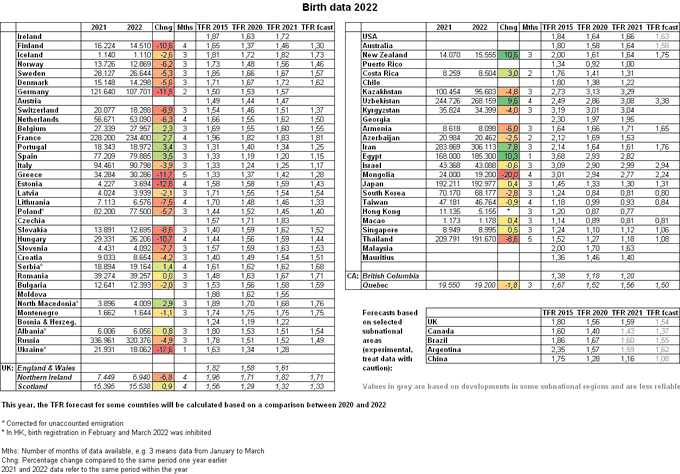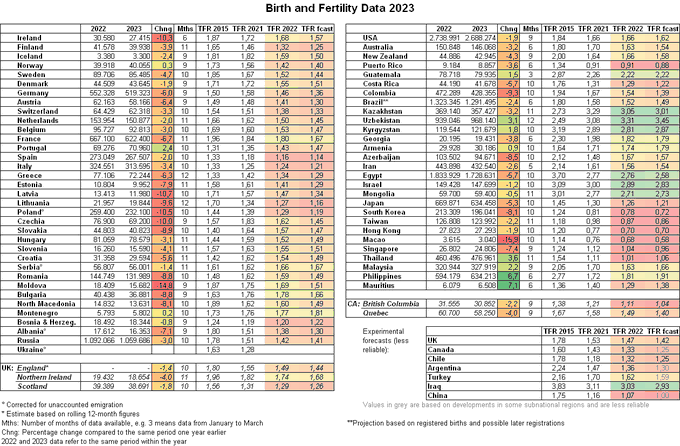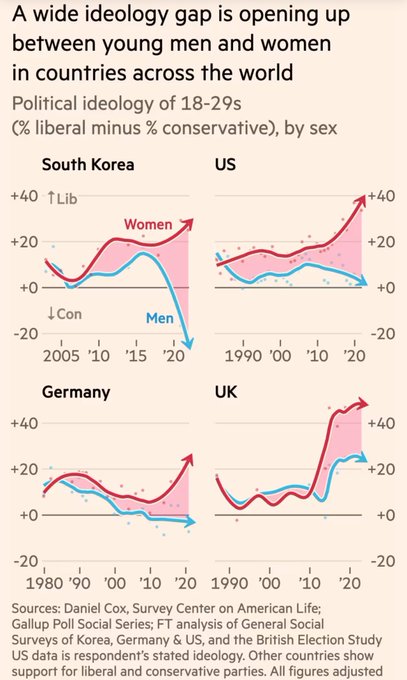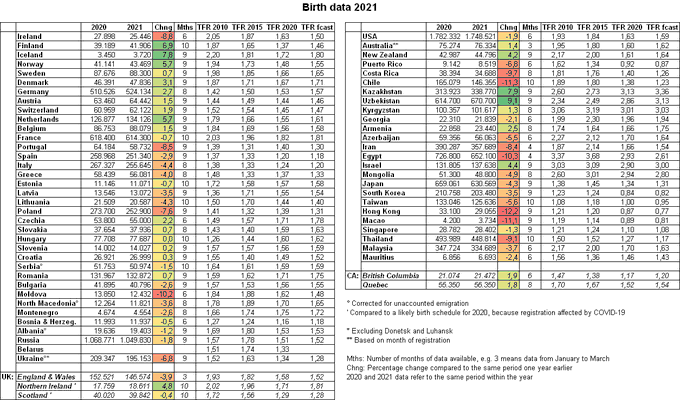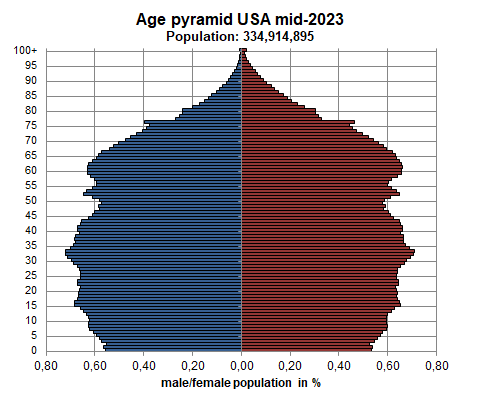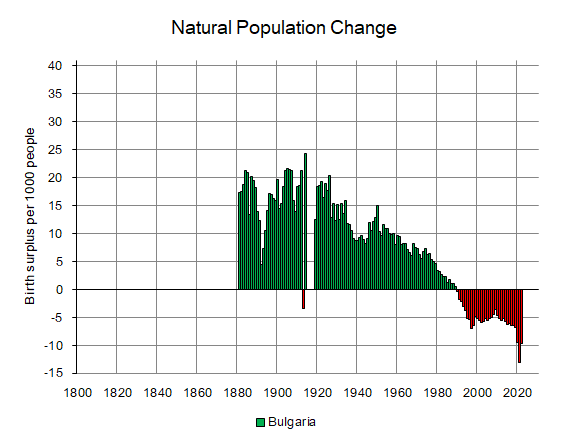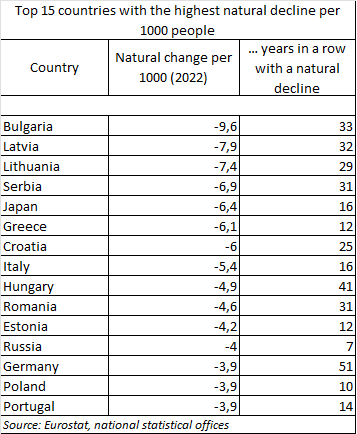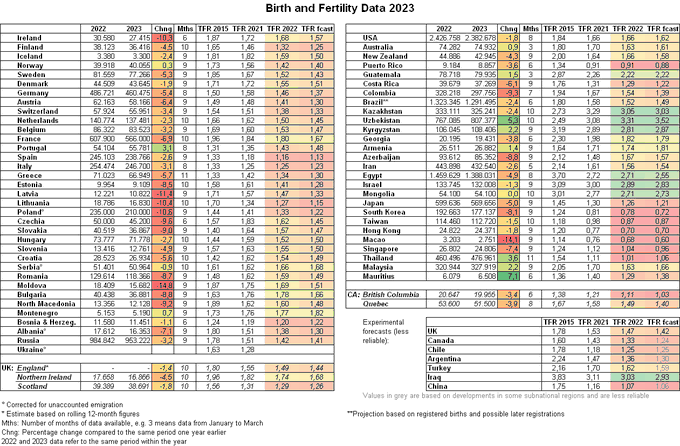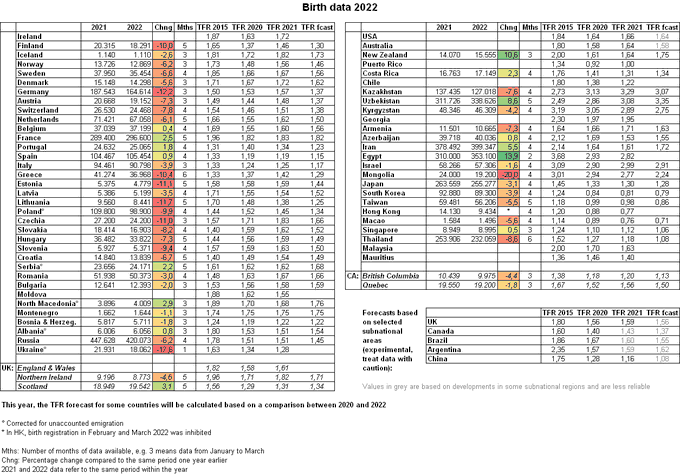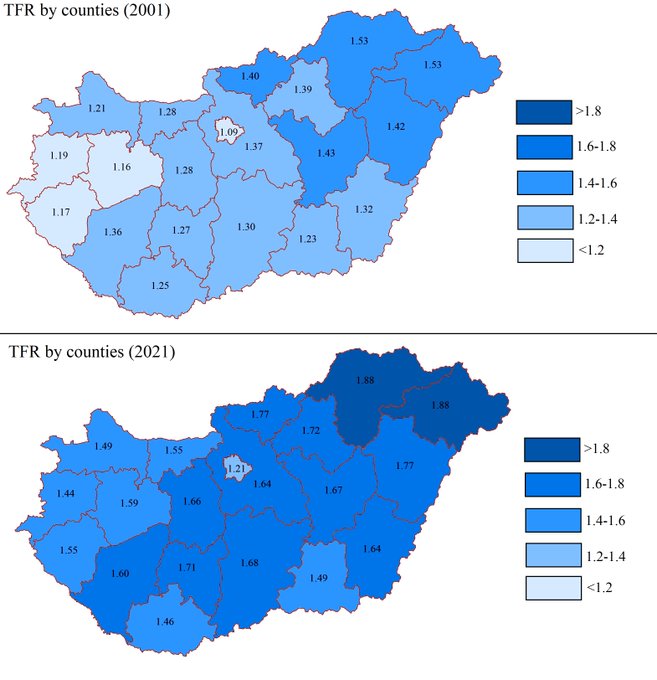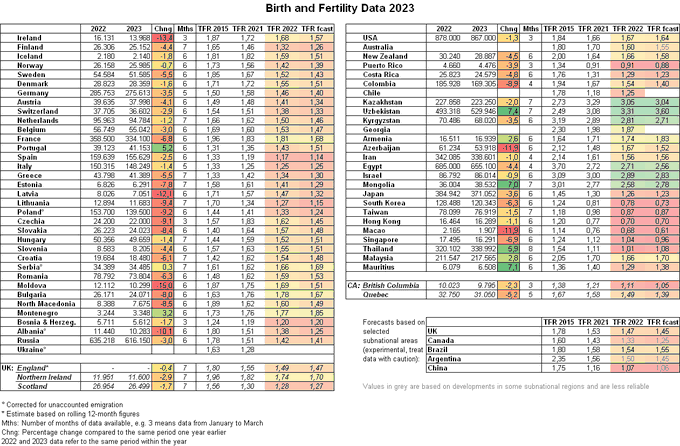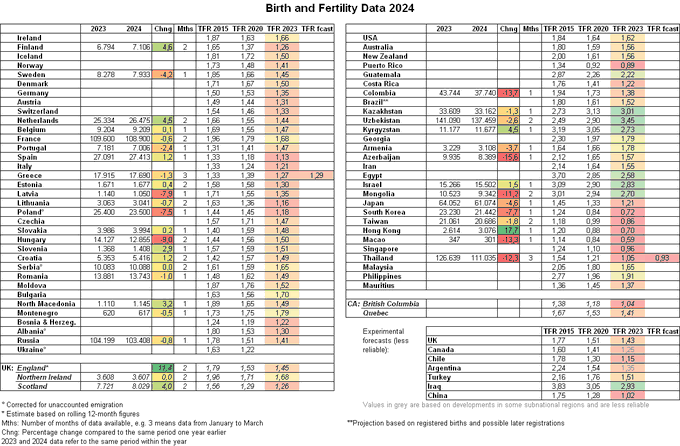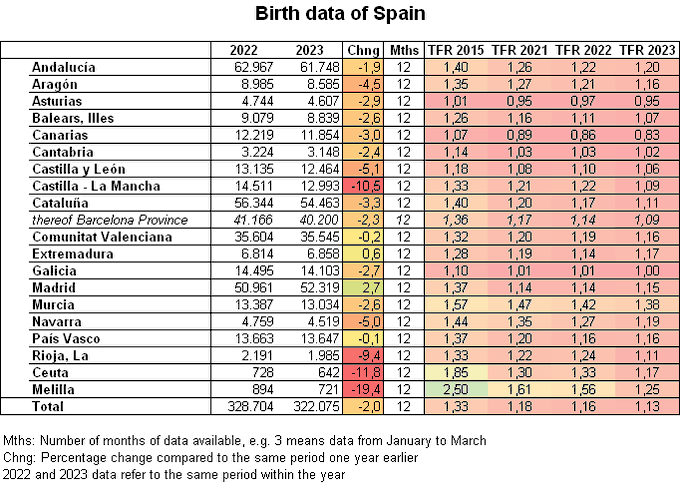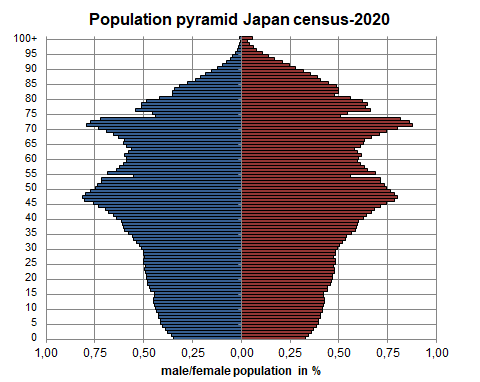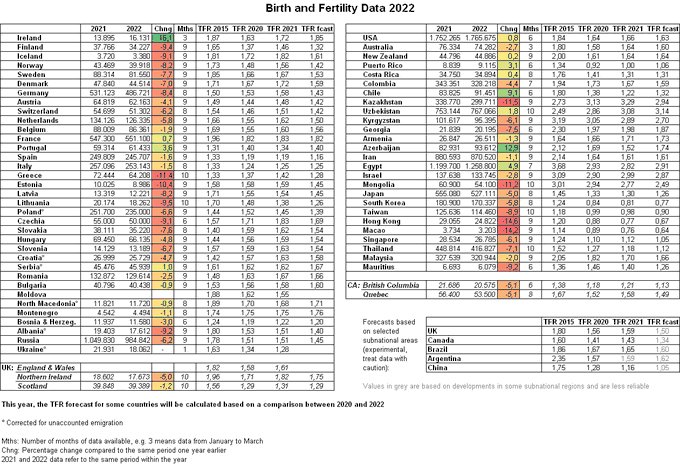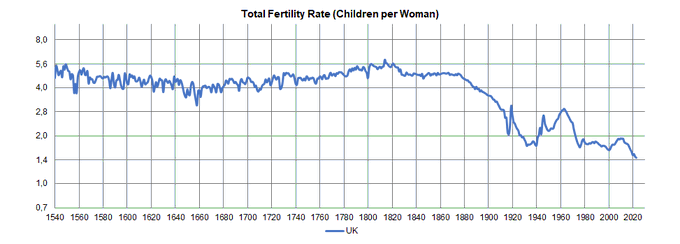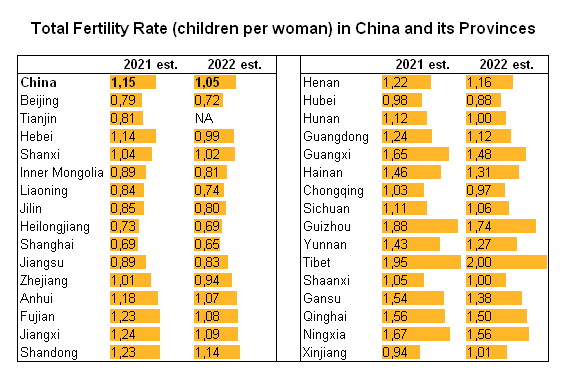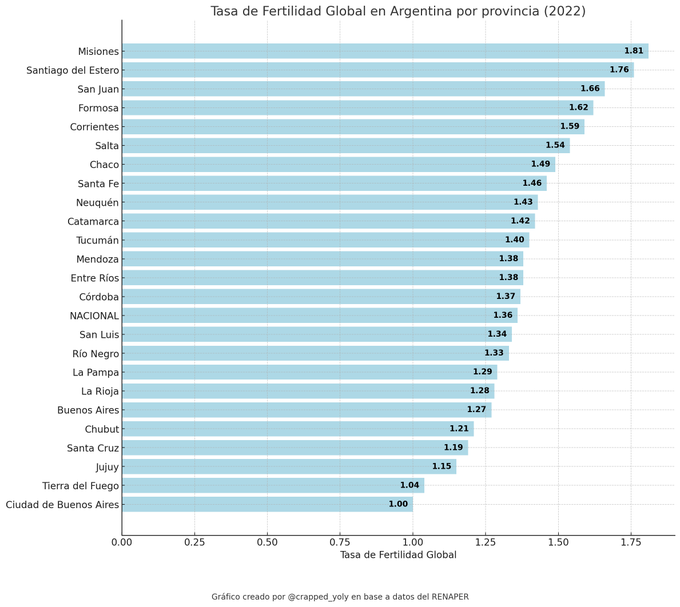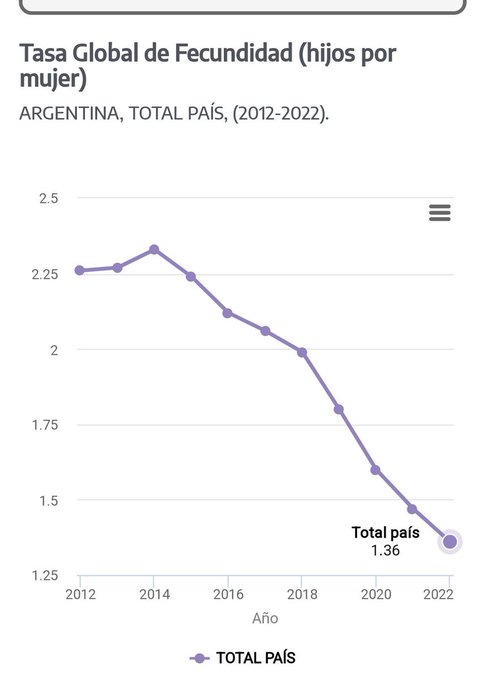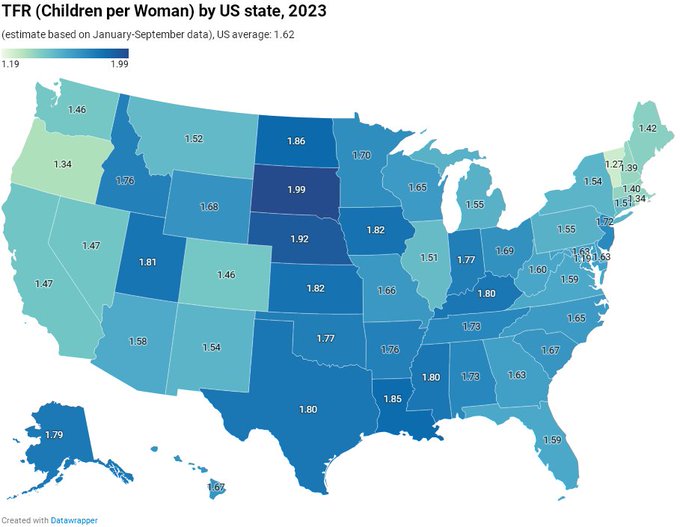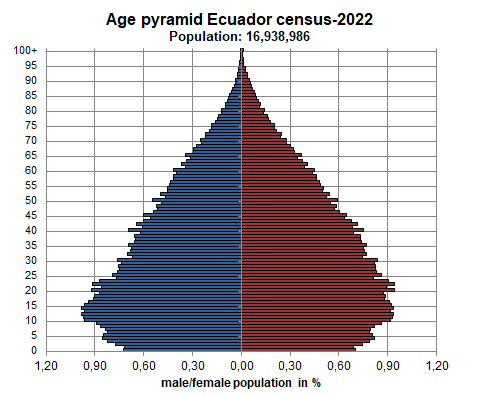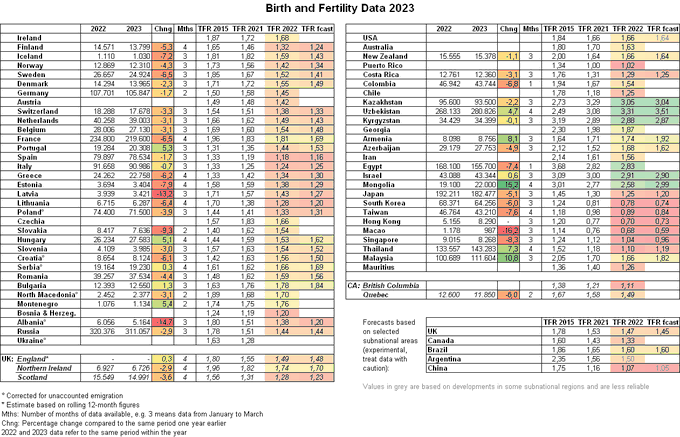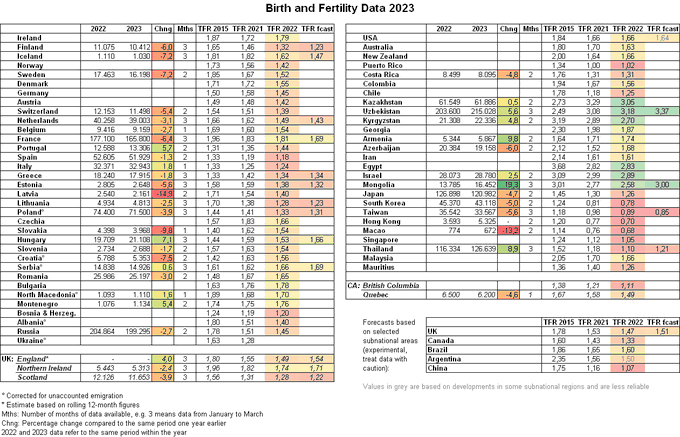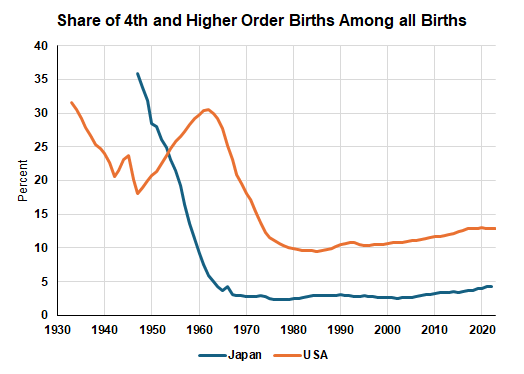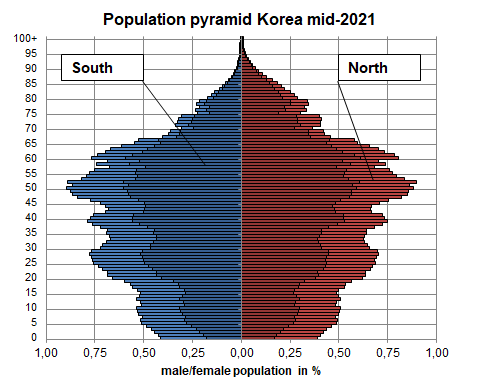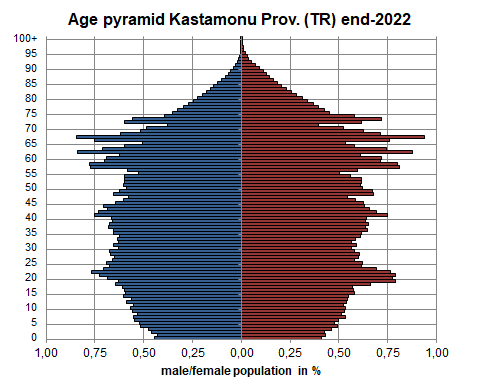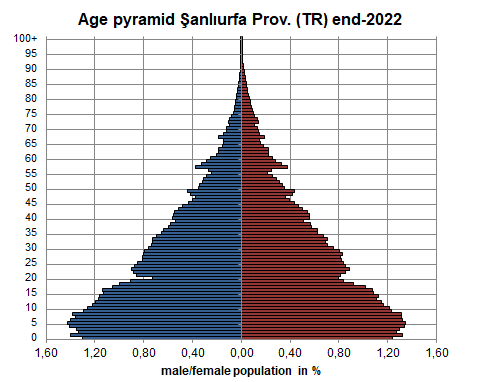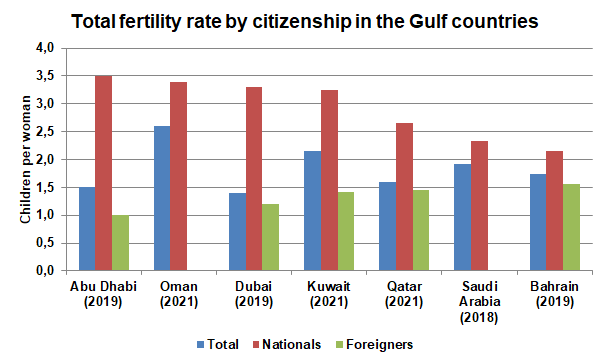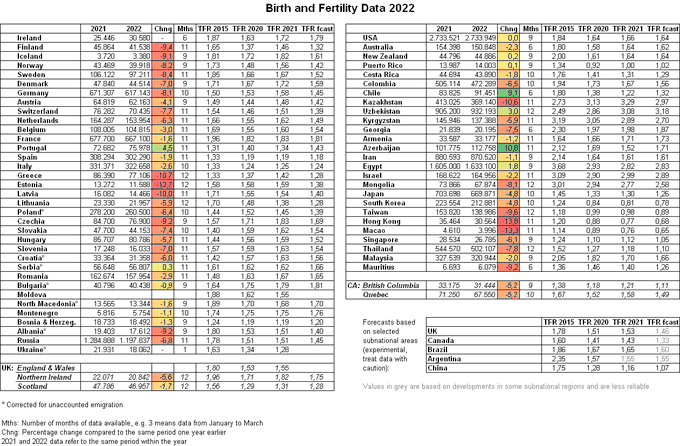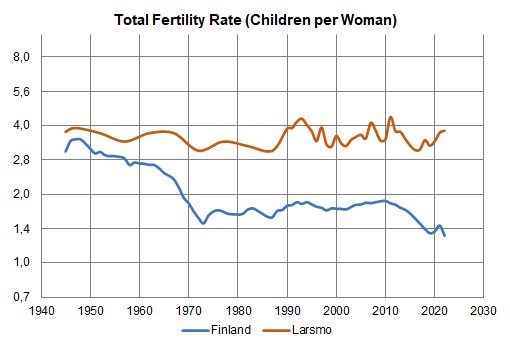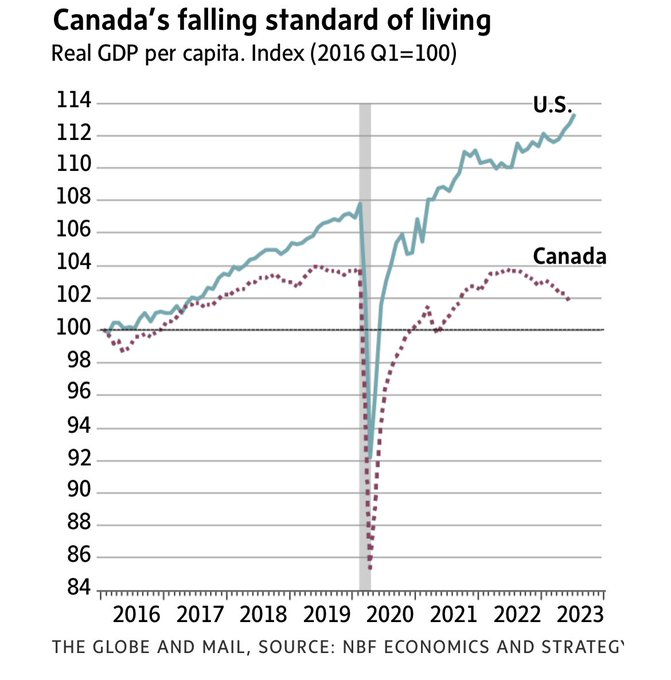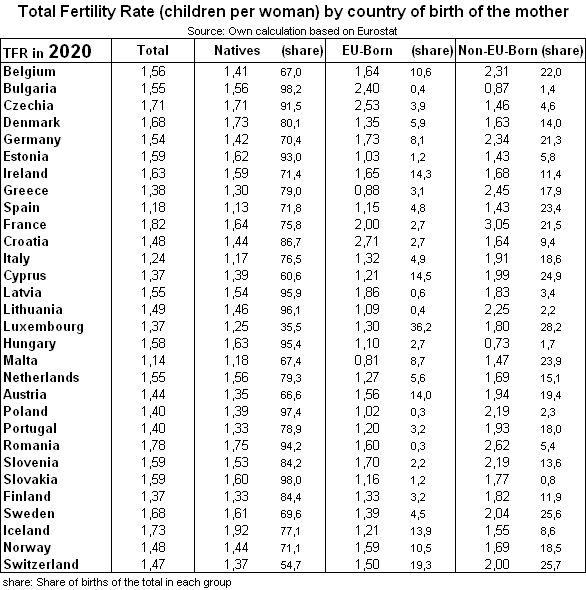
Birth Gauge
@BirthGauge
Followers
17,853
Following
433
Media
221
Statuses
7,395
Tracking the global fertility decline
Joined September 2013
Don't wanna be here?
Send us removal request.
Explore trending content on Musk Viewer
Toni Kroos
• 285378 Tweets
England
• 123858 Tweets
Reich
• 102313 Tweets
Euro 2024
• 81391 Tweets
#お迎え渋谷くん
• 50175 Tweets
招待コード
• 48808 Tweets
ソフトバンク
• 46492 Tweets
Rashford
• 40521 Tweets
Singapore Airlines
• 38862 Tweets
#刀剣乱舞廻
• 37433 Tweets
#2024해피수호데이
• 36592 Tweets
Modric
• 34733 Tweets
$Retik
• 30300 Tweets
Southgate
• 28601 Tweets
Grealish
• 26206 Tweets
ホークス
• 24263 Tweets
Dunk
• 23963 Tweets
كروس
• 22819 Tweets
Starc
• 22701 Tweets
#KKRvsSRH
• 22667 Tweets
Pote
• 18522 Tweets
クロース
• 18286 Tweets
Shaw
• 17044 Tweets
ROCKSTAR PRINCE SUHO DAY
• 16924 Tweets
完全新作
• 15191 Tweets
Sancho
• 14187 Tweets
#日野下花帆生誕祭2024
• 10054 Tweets
Last Seen Profiles
As I mentioned below, the TFR of Turkey declined to around 1.51 kids per woman in 2023. The age pyramid shows the steep decline in the number of births that started almost 10 years ago.
27
123
539
The low fertility trap in action. The more children are excluded from everyday life and become something exotic, the harder it will get to increase the fertility rate.
6
81
452
Indians in the US pretty much don‘t have large families at all. Is this a hint for the future development of fertility levels in India? Could the ultra-low TFRs in South Korea or urban China appear in India as well in a few decades?
46
47
373
Chile had a TFR of 1.14 kids per woman in 2023 and recorded a new massive drop of 22% in January 2024. Will Chile be the first independent country in the Americas to fall below 1.0?
13
71
375
@fuxianyi
If these figures are true, China will experience a serious labor market crunch this decade (and all subsequent decades). Very low number of new entrants.
12
19
336
It seems that we have found a new small puzzle piece in explaining the steep fertility decline that started in the 2010s: The increasing divergence of political views among younger men and women. How does that work?
20
47
319
New birth update, now including Guatemala. As
@dousris3
pointed out, many countries reported especially low numbers of births in September, which again lowered the forecasted TFRs of many countries for this year.
70
104
303
The biggest problem when thinking about low fertility and population decline is that most people don't know how fast populations fall in the long run at certain fertility levels
At 1.8 kids per woman, the decline will be 0.5%, at 1.5 it is 1%, and at 1.3 a big 1.5% per year.
13
51
281
Russia is transitioning from a model of small families and low childlessness to a model of more larger families and higher childlessness. The overall level of fertility hasn‘t changed.
16
46
303
They are insane but in many cases mysterious as well, especially if you look at regions within countries. At the country level, it is easy to blame the economy, policy or technological effects, but they don't explain everything.
14
31
269
Argentina just released birth statistics for 2022, and the TFR just keeps on dropping. Last year it reached a new record low of 1.36 children per woman. Some provinces have already reched the ultra low levels common in Spain.
@BirthGauge
@BirthGauge
, tengo estadísticas oficiales de Argentina que en 2022 tuvo fecundidad (TFR) mucho mas baja de la que vos estimabas en tu cuadro. Y es de solo 1,36 hijos por mujer. Tambien esta el TFR por cada provincia. Aquí el conservadurismo social ha sido completamente derrotado!
10
10
51
17
57
254






















